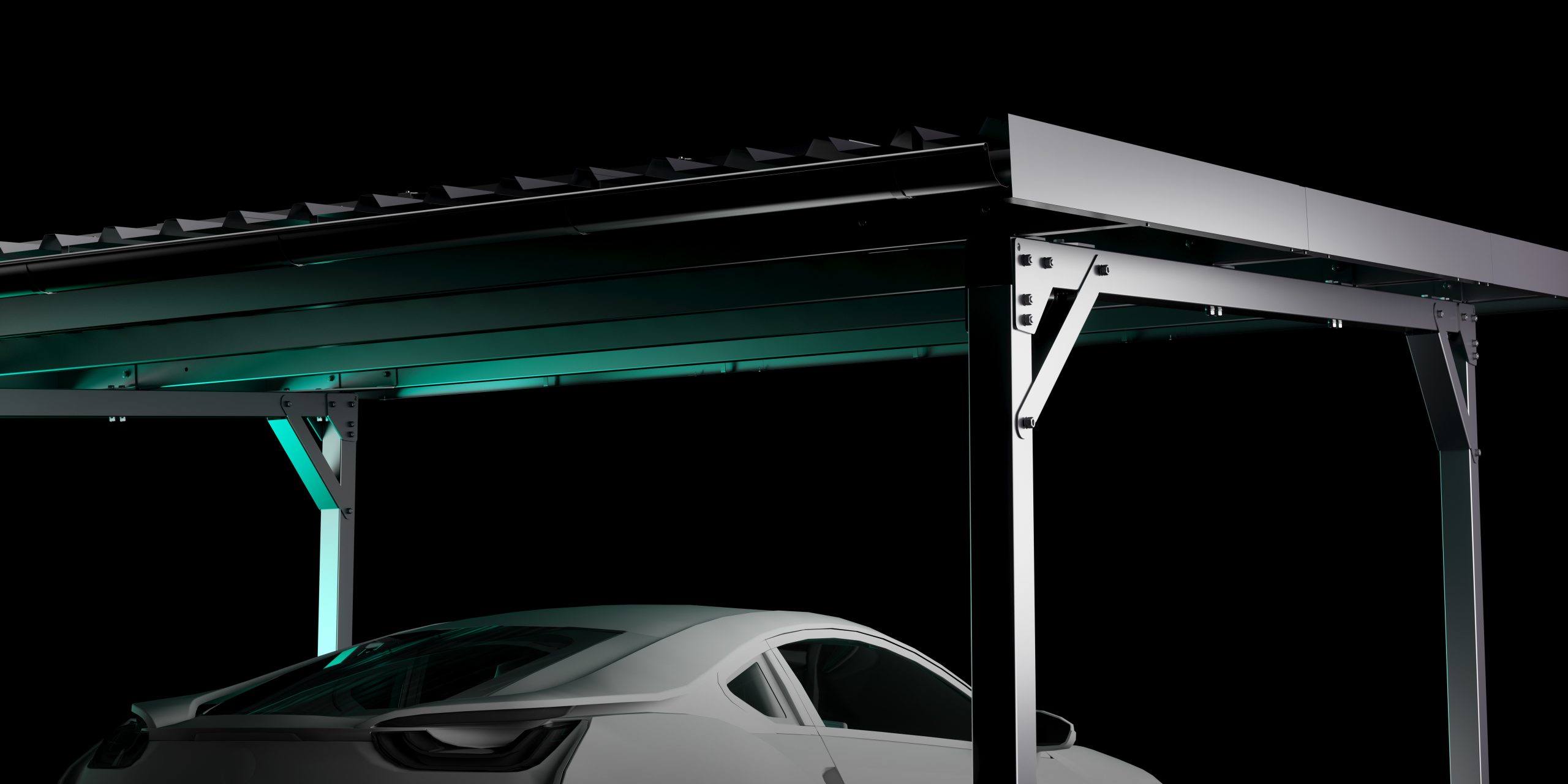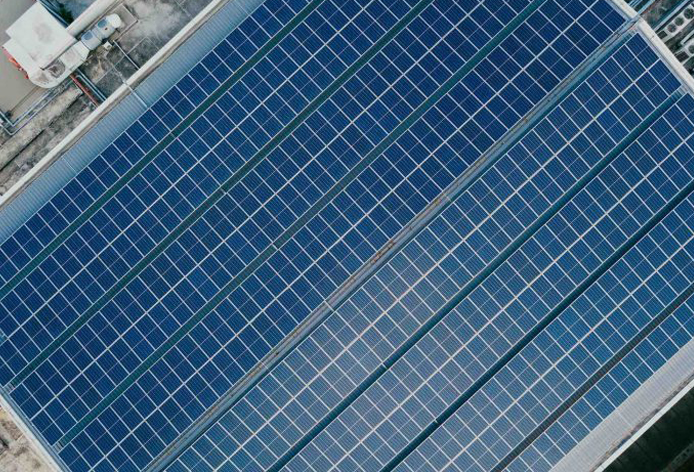
The U.S.
Solar market
at a glance


The US-American solar market at a glance
Despite all the news about fracking and coal production, the share of renewable energies in the USA is growing steadily. As a manufacturer of PV mounting systems, we are naturally pleased about this. Currently, two million solar systems are installed in the USA. Almost half of the PV systems are located in sunny California alone. But other states are also making strong gains. Due to the closure of coal-fired power plants - as many as 18 plants were taken offline in 2018 - and the expansion of renewables, the transformation of the power sector in the U.S. continues to move forward. Renewables, including hydropower, now provide nearly 18 percent of U.S. electricity. Hydropower provides the majority of green energy, accounting for about half of the total. But photovoltaics are also driving this growth, adding nearly 12 GW of new capacity. Crystalline silicon (c-Si) solar module prices declined to about 27 U.S. cents per watt in 2018, a dramatic drop from $79 per watt (2018 U.S. dollars) in 1976.
In addition to favorable module prices, strategies to promote sustainable energy growth by setting new, ambitious clean energy targets and regulations are also on the agenda for the coming years. These are good prospects for the solar industry. The Solar Energy Industries Association projects that total installed PV capacity in the U.S. will more than double in the next 5 years. Their projections show that over 14 GW of PV capacity will be installed annually by 2023.

The American PV market
After an annual low in 2017, the solar industry recovered in recent months. After all, around 32,000 new PV systems were installed on roofs in 2018. However, uncertainties regarding solar and metal tariffs continue to weigh on purchasing decisions. One reason that in the past, the U.S. market for residential and commercial solar has shrunk. In the meantime, however, there are signs that the market is picking up again in some states, especially in California, which continues to lead the way. A landmark decision by the California Energy Commission in early 2018 is also playing an important role. Starting in 2020, all new homes will be required to have a PV system installed. This decision also has a significant impact on long-term forecasts. This, of course, has a significant impact on the residential market for PV mounting systems. In addition, demand continues to increase due to developments in the combination of photovoltaics and storage (PV + S). Here, California and Hawaii are clearly ahead in the area of "projects on order". Tesla's solar division experienced a decline. The company had to relinquish its leading role in the solar market to competitor Sunrun in 2018. Prior to that, Tesla at times accounted for one-third of all new photovoltaic installations on homes in the United States. But that could quickly change again. This year, Tesla CEO Elon Musk has announced plans to ramp up production of the solar roof, which was unveiled back in 2016, and to reach a production of 1,000 solar roofs per week by the end of the year.
Prospects for the next few years
The solar industry in the U.S. remained robust in 2018 - despite uncertainty over new tax and tariff policies. While the focus for the current U.S. administration is not exactly on expanding renewable energy, many others are filling that void. States, cities, communities, and companies continue to respond with increasingly ambitious sustainability goals that are driving solar market growth.
Mounting Systems - More than a system. It's a brand.


